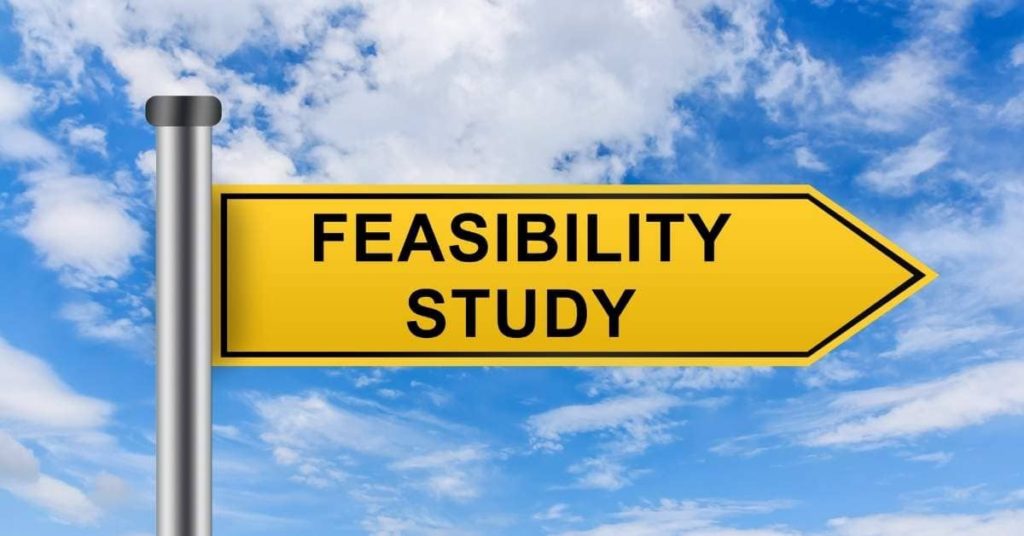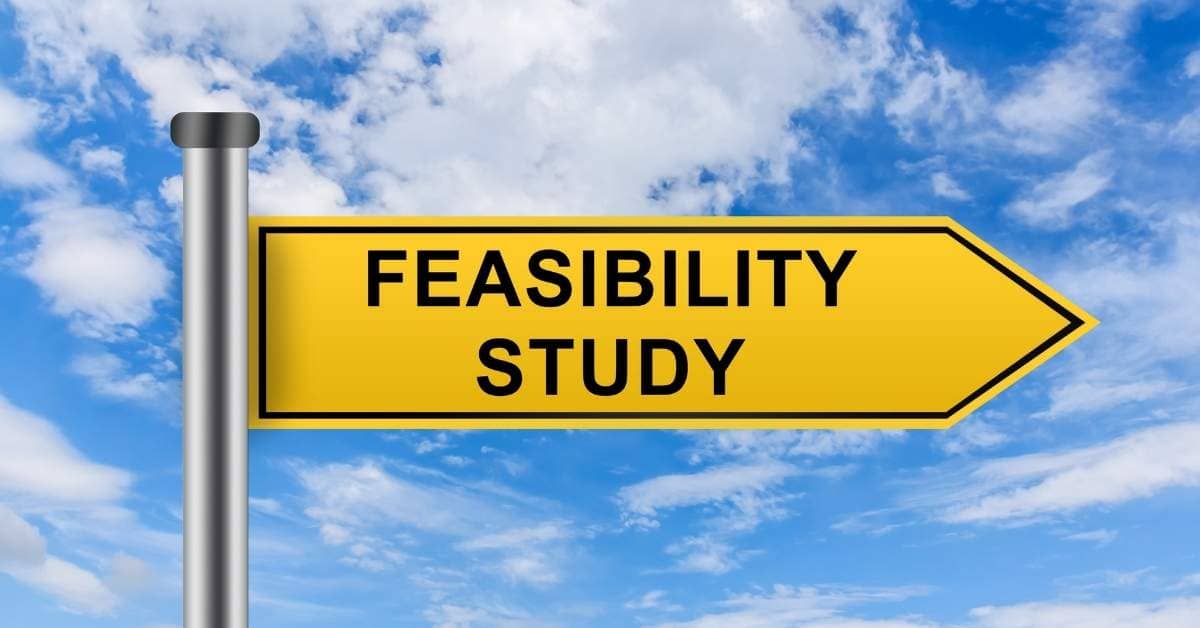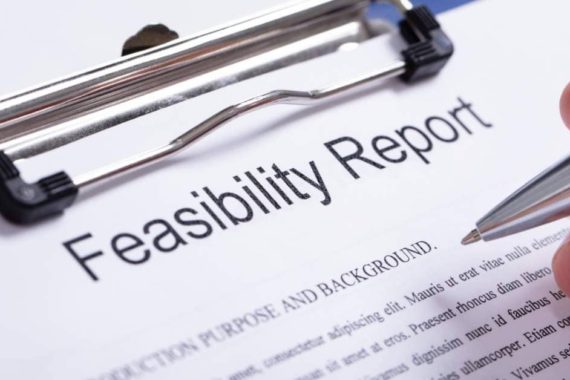
Introduction
A feasibility study is an important first step in the development of a construction project. It helps you to determine whether or not it’s worth completing based on how much money you’ll make from it. The results of this study will also help you identify any potential risks that might affect your business if they occur during construction. If there are multiple ways in which the project could potentially turn out poorly for your company, then it’s probably better not to pursue this opportunity at all because there isn’t enough information about how successful (or profitable) it could become after being completed.
What is a feasibility study?
A feasibility study is a document that provides an overview of the project, its objectives, and the steps needed to achieve them. It is a tool that allows you to evaluate the feasibility of a project before you start working on it.
What is the purpose of conducting a feasibility study?
There are several reasons why organizations conduct feasibility studies:
- Understand the scope of work
- Estimate the feasibility and profitability of potential projects
- Identify risks associated with those projects
Step 1: Task and duration analysis
- Task and duration analysis: This step is all about understanding the scope of work and how much time it will take to complete the project. It involves analyzing tasks such as building financial models and evaluating financial models, defining optimal solutions and identifying risks.
- Feasibility study: This step includes an evaluation of potential opportunities or challenges that may arise during the implementation phase of a construction project. It also includes investigating alternative options to address these challenges or opportunities. These options may include re-scoping the proposed construction project, obtaining additional funds from investors or lenders, or modifying your strategy if necessary—all in an effort to achieve your original objectives while minimizing costs along with any associated risks.
Step 2: Feasibility study and analysis of risks
This is an important step in the feasibility study, as it helps to identify risks associated with the project and determine their probability of occurrence. This will help your organization to understand the potential consequences that may result from such factors so that you can take appropriate measures to eliminate them or reduce their impact on the project.
Risks are classified into two categories:
- Internal risks – These are caused by internal factors within your organization and include inadequate planning, low-quality staff, lack of time for training, incompetent management, etc.
- External risks – These arise due to external factors outside your control such as changes in market conditions or regulatory requirements etc.
Step 3: Building financial models
After you’ve completed the feasibility study, you should have a good idea of whether or not your project is worth pursuing. If it’s not, then you can stop there. But if your project seems like it would be profitable, at this point in time, building a financial model will help you determine the profitability of your project.
A financial model is basically a computerized version of your original feasibility study that allows you to evaluate how much money can be potentially made off of each phase and component of construction/Feasibility Studies (e.g., phase 1 – foundation concrete costs $2M; phase 2 – framing costs $1M). These calculations are based on estimates provided by contractors/engineers/architects who know what goes into each phase and component.
Step 4: Evaluation of financial models
You may need to evaluate the financial models for the project.
- The role of the financial model in the feasibility study
- The role of the financial model in a construction project
Step 5: Define the optimal solution
After you’ve completed the above steps, it is time to define the optimal solution. The optimal solution is the one that maximizes the value of your project and minimizes risk. The cost of the project should also be minimized as well. Finally, there should be an expectation for profitability on this project as well.
The best way to write an RFP (request for proposal) for these types of projects is by creating a template that can easily be used over and over again with different clients and projects. These templates can become very specific depending on what type of business you are working with – construction companies may have different requirements than architects or engineers; commercial building owners may have different needs than residential home builders; restaurants often require unique features in their designs which would not apply to other types of businesses (such as kitchens).
Step 6: Project contract
The project contract is the most important document in the construction process. It’s a legal document that is signed by both an owner and a contractor, and it’s binding for both parties. The content of this agreement can vary depending on the type of project being constructed—for example, it may cover things like:
- What happens if something goes wrong?
- Who pays for what?
- How much time do you have to complete your work?
The role of a technical advisor in the management of a construction project
The role of a technical advisor in the management of a construction project is to provide advice on how to choose materials and equipment, conduct site inspections, prepare reports/Feasibility Studies for clients, oversee any changes that are requested by the client during construction and collaborate with other contractors on-site to ensure safety standards are met.
It’s important to note that there are two types of technical advisors: those who work for companies and those who work for individuals. The former can be hired directly by clients or incorporated into companies as part of their service packages/Feasibility Studies; the latter usually charge their services separately from any other fees associated with hiring them (e.g., architects).
Conducting a feasibility study before starting work on a new construction project is important because it allows you to assess whether or not the work you’re about to do will be profitable for your business. It also provides you with an opportunity to spot potential risks that could harm your company.
Conducting a feasibility study before starting work on a new construction project is important because it allows you to assess whether or not the work you’re about to do will be profitable for your business/Feasibility Studies. It also provides you with an opportunity to spot potential risks that could harm your company.
A feasibility study can help answer questions such as:
- What costs will be associated with this project?
- How much will we have to pay for labor, materials, and other services?
- Is there enough demand in the market for this product/service? Or what kind of price customers are willing to pay for it?
- What are other companies doing in similar industries, which could provide some inspiration as well as competition insights?
Conclusion
The planning process is extremely important, and a feasibility study should be one of the first steps that you take. It’s important to know what you’re getting into before making any commitments. By doing your homework/Feasibility Studies, you’ll be able to avoid possible problems in the future and ensure that everything runs smoothly once construction begins on a project.
If you have any questions about this topic or would like to learn more about our other services, don’t hesitate to contact us at [email protected]




